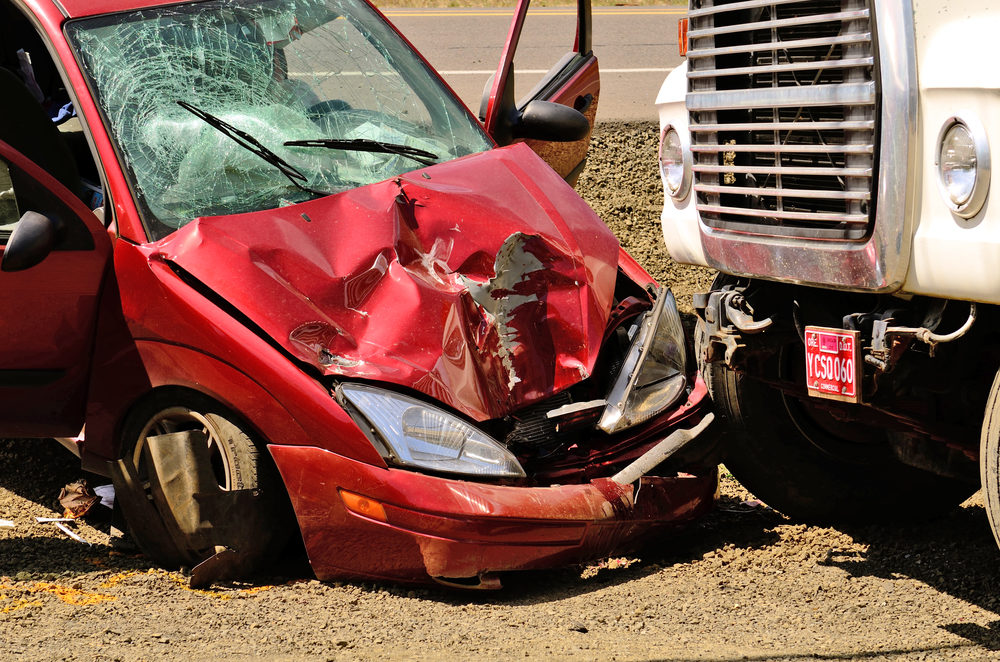NHTSA Plans Major Update To Five-Star Safety Rating Program

Government highway safety officials have proposed substantial changes to the Five-Star Safety Rating program for new vehicles, which would include additional crash tests, pedestrian protection technologies, and crash avoidance and mitigation features that may encourage manufacturers to produce safer vehicles for U.S. roadways.
On December 8, the U.S. Department of Transportation’s (DOT) National Highway Traffic Safety Administration (NHTSA) brought forward a series of new safety feature proposals to be added to the NHTSA Five-Star Safety Rating for new vehicles.
With the new safety features included in the rating system, consumers will be given better information to help them choose a safe vehicle and direct the automobile industry toward a safer future as technology based features continue to emerge, NHTSA officials claim.

Did You Know?
Millions of Philips CPAP Machines Recalled
Philips DreamStation, CPAP and BiPAP machines sold in recent years may pose a risk of cancer, lung damage and other injuries.
Learn MoreThe Five-Star Safety Ratings system, also known as the New Car Assessment Program, is a government safety rating for new vehicles entering the market that are tested at NHTSA research facilities. The vehicles are crash-tested and rated on how well they protect occupants in frontal, side and rollover crashes. The results from the tests are then organized into a rating system from “1” to “5” stars with 5 being the highest. These ratings appear on window stickers of new cars sold throughout the U.S. and serve as a reassurance for vehicle buyers that the vehicle they are purchasing is a safe choice.
Consumers rely on the Five-Star Safety Rating system every day in new car purchases and even used car sales by researching the vehicle assessment at Safecar.gov where all testing results and ratings are compiled by the NHTSA.
Over the past decade, as technology has advanced, the NHTSA has continued to increase vehicle safety through its use. The current safety rating program includes a checklist of advanced technology features including rear-visibility cameras, lane departure warnings, and forward collision warning sensors.
The changes come in response to trends in accident reports across the nation, according to the NHTSA. With a majority of automobile accidents caused by driver error, the agency’s efforts have shifted to rely on technology-based approaches to decrease preventable crashes.
In the NHTSA’s newest proposal, the agency has presented a series of high-tech changes to the Five-Star Safety Ratings that would include new tests to assess how well vehicles protect pedestrians from head, leg and pelvic injuries that occur when a pedestrian is struck by a vehicle. There would be new tests that will include a frontal oblique crash that will measure how well vehicle protect occupants in an angled frontal crash and a new frontal barrier crash test to analyze rear occupant safety.
Aside from front crash tests, new crash test dummies that are more realistic and better for analyzing more realistic injury hazards have been proposed. The newly recommended dummies would allow researchers to define the genuine impacts a crash is likely to have on the human body.
The proposal also seeks to grade the way vehicles receive software updates by implementing vehicle ratings on their ability to dynamically update programs more swiftly as new technology emerges. With vehicles more readily available for quicker safety software updates, the length of recalls or dealer services would be cut down significantly.
Lastly, the NHTSA is proposing the Five-Star Ratings be measured in full and half-star increments to provide customers more discriminating information about the vehicles safety performance.
In early November, the NHTSA announced that all vehicles eligible for the nationally recognized 5-Star Rating System must be equipped with automatic emergency braking (AEB) technology by 2018, in an effort to encourage more automakers to incorporate preventable rear-end collision systems. On November 2, the NHTSA issued a federal register notice upgrading its 5-Star Rating System to include AEB as a recommended safety technology in 2018.
U.S Transportation Secretary, Anthony Fox stated that AEB technology will substantially enhance safety, especially with the number of distracted drivers on the road.
The AEB technology includes systems designed to prevent collisions in which the driver does not react fast enough or does not apply sufficient braking power to avoid or mitigate a crash. The AEB systems use multiple on-vehicle sensors such as radar, cameras, and lasers to detect potential crash threats. The systems are designed to recognize collision threats from these sensors and engage the vehicle’s brakes if the driver does not react quickly enough or apply enough braking power.
For customers potentially purchasing a new vehicle, the NHTSA has created a new AEB information page on www.safecar.gov/AEB to explain and better help the public understand how the systems work and the benefits of purchasing vehicles equipped with the technology.
Get more articles like this sent directly to your inbox.
"*" indicates required fields




0 Comments